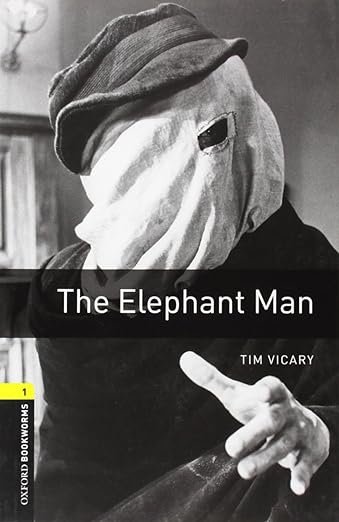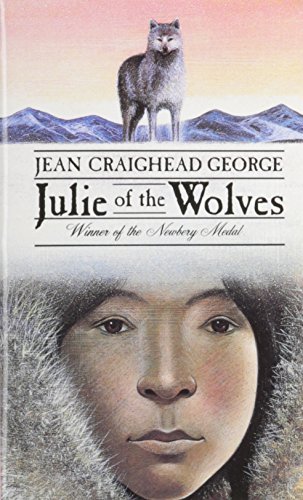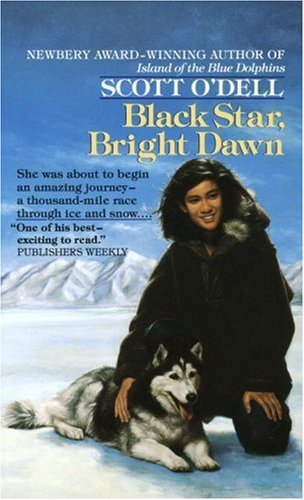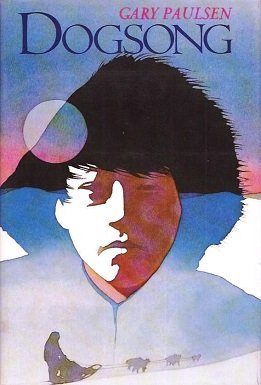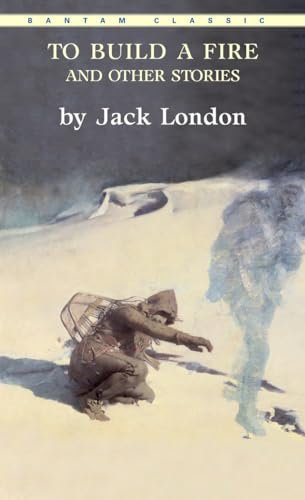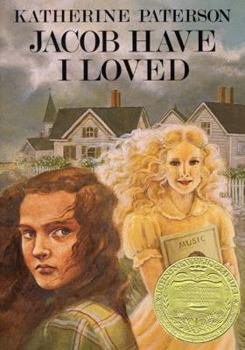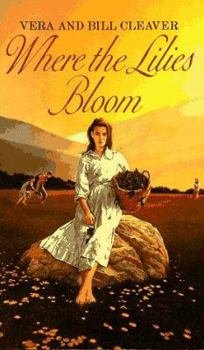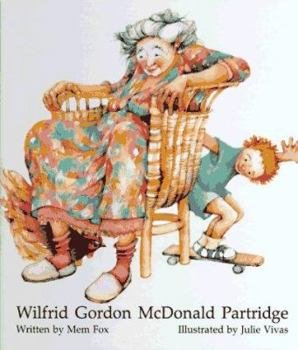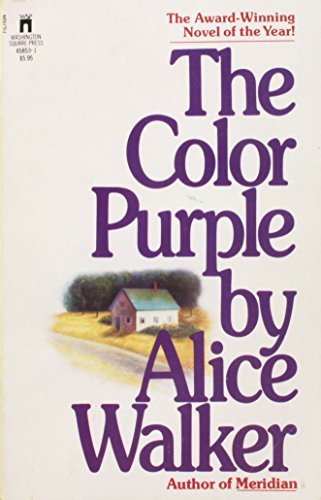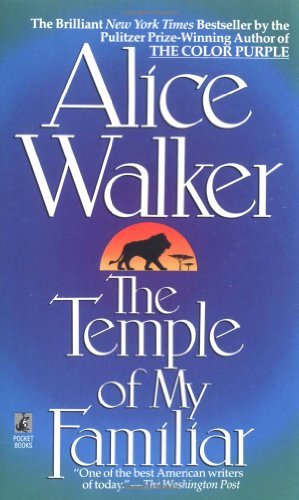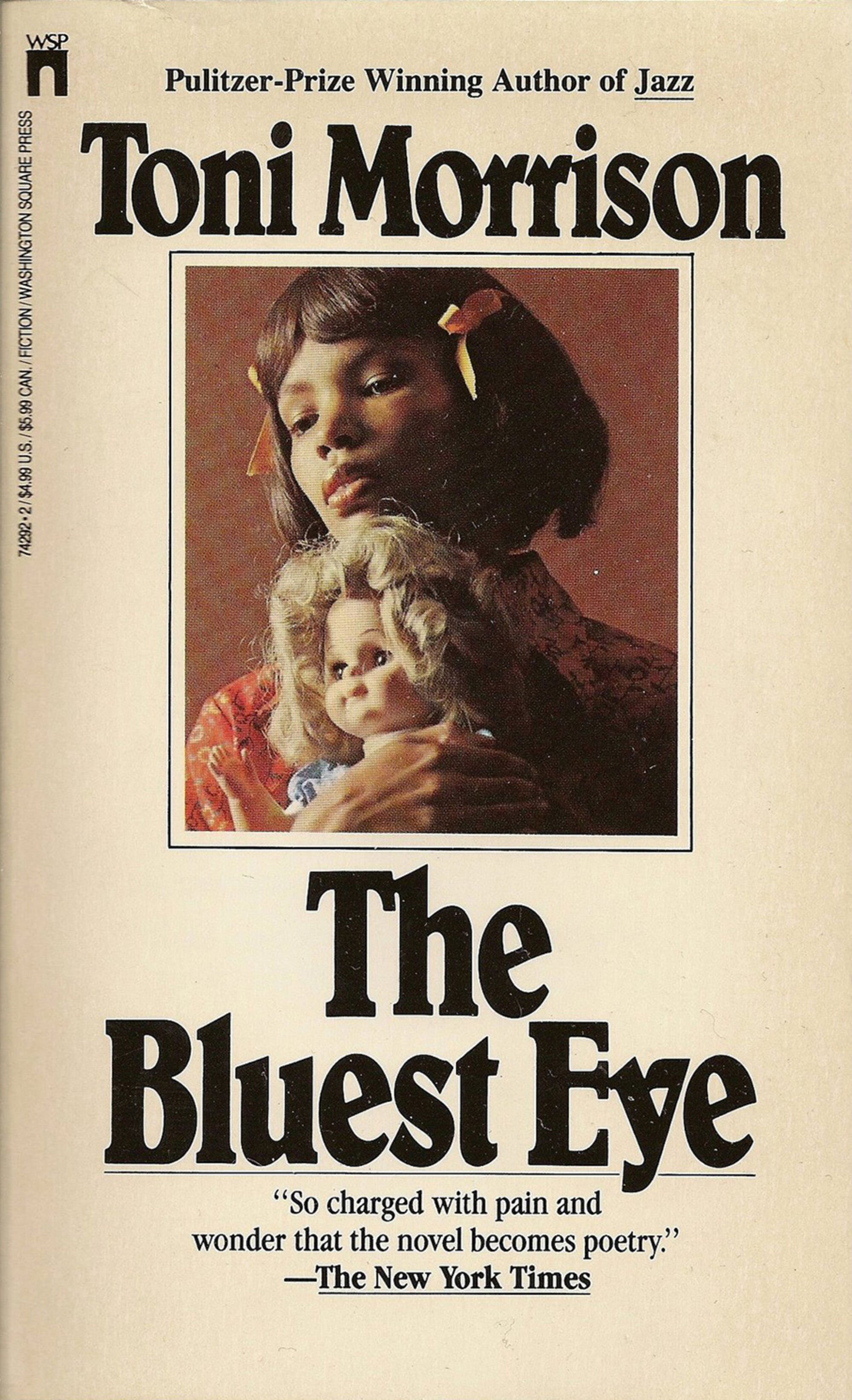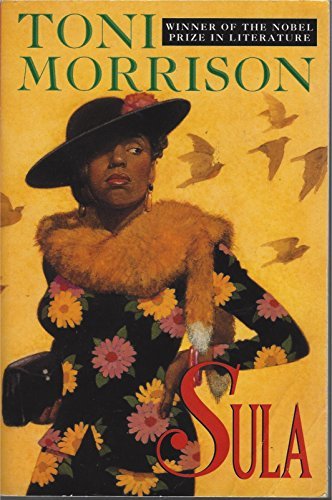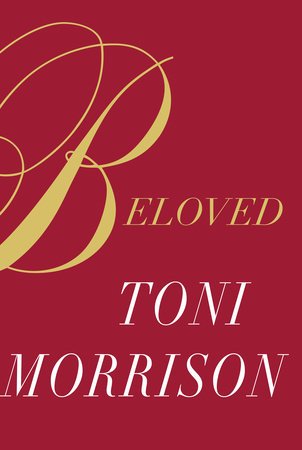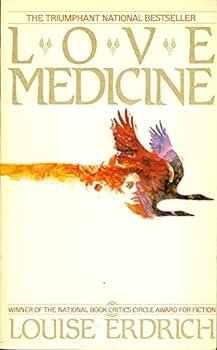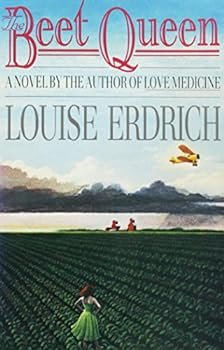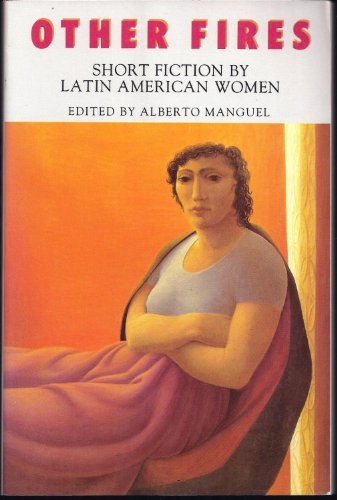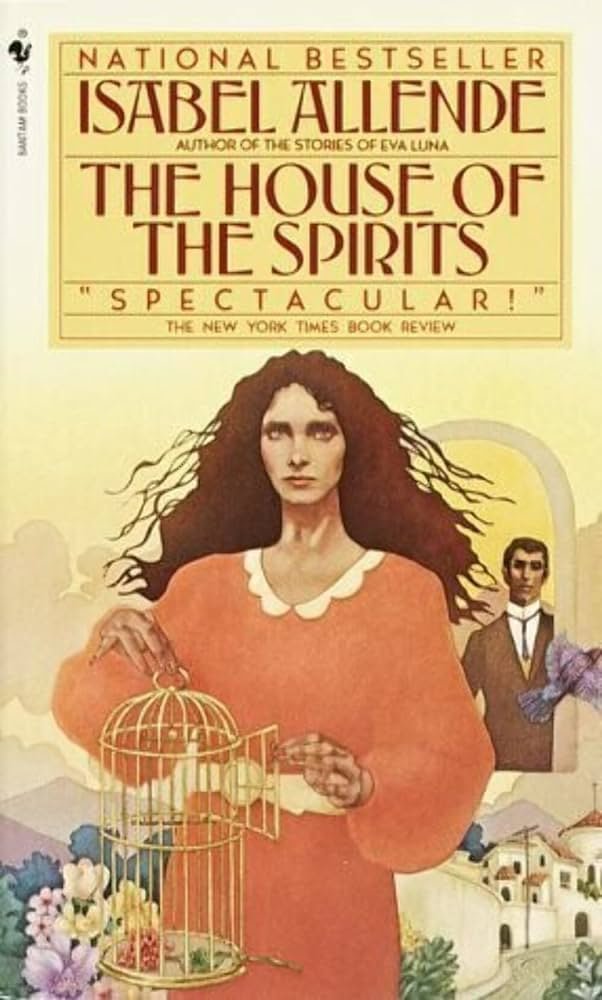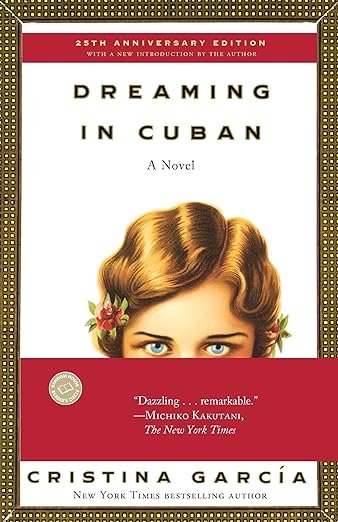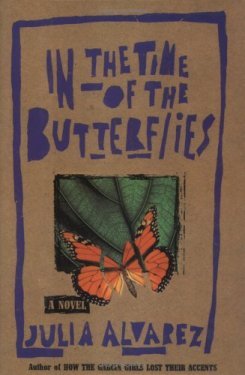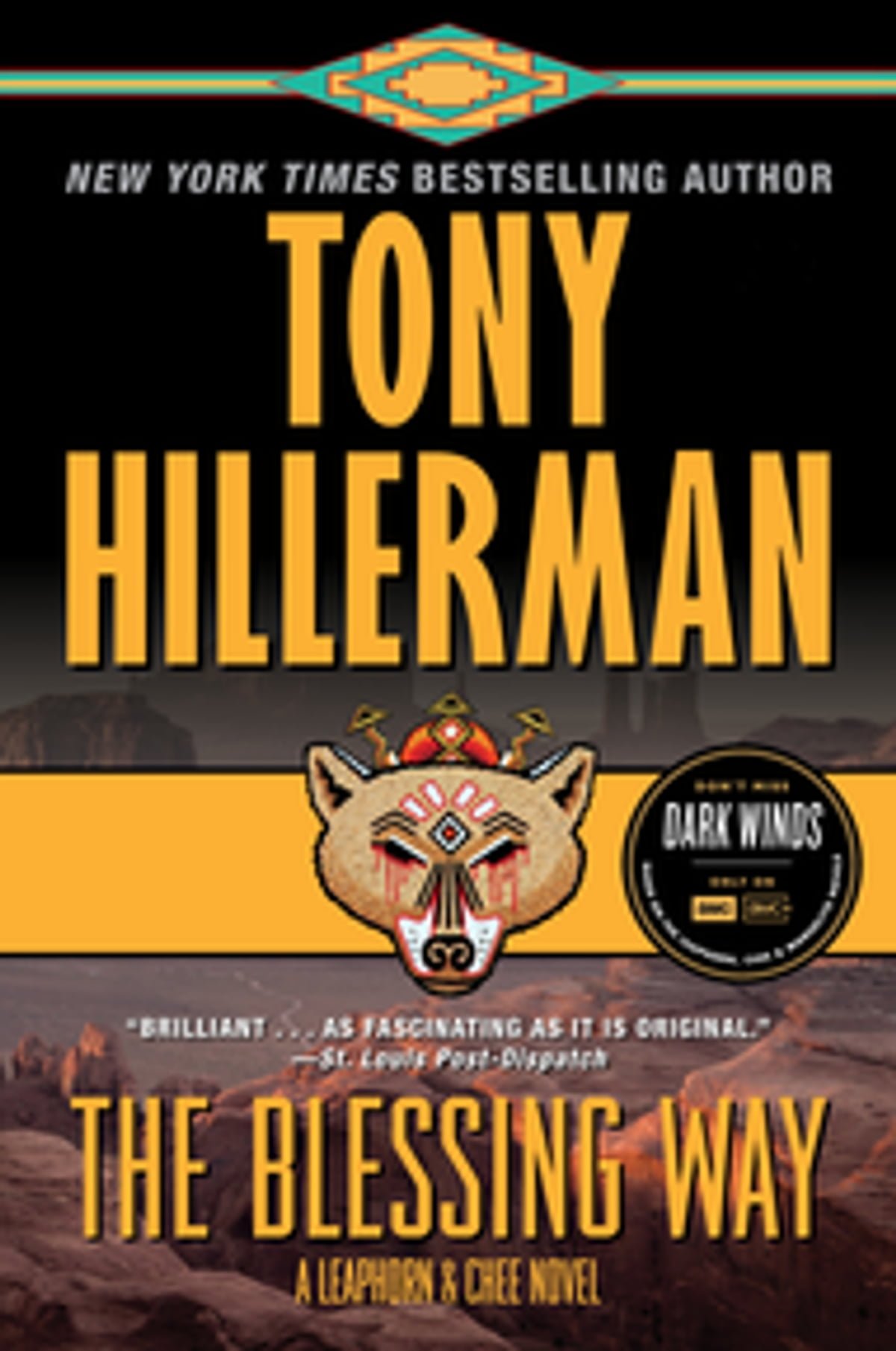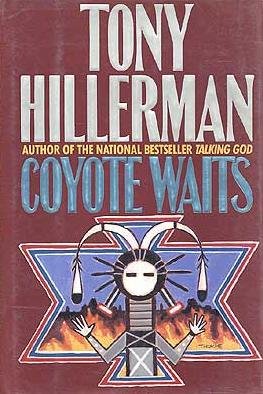Part Three: The Book Club
Unsplash
This blog post is the third in a four-part series that explores the arc of my relationship with reading from childhood to the present. As I was responding to the theme of our most recent Women Rowing North Writing group, Our Relationship with Books, it occurred to me that the way my relationship with reading has evolved over time is as significant as the books I choose to read. My dispositions as a reader, like most of us, have been influenced by factors beyond my interests and passions. I continue to explore this here in Part Three.
After falling in love with the possibilities found in a classroom of 11 year olds as I mentioned in Nice Work if You Can Get It, I set off into the world. Off in search of a life, a job, and an apartment, all of my books fit snugly into a small two shelf “bookcase,” which was actually a converted beehive from the farm my mother grew up on. That little bookcase had been my childhood nightstand, holding toys and some of the books I mentioned in Blue Birds, Red Birds, and Yellow Birds. It went with me everywhere I went and was only lost to me in the early two-thousands when I divorced and hightailed it out of Dodge.
Well, I found an apartment with another teacher and with my bookcase in tow, I set out to find a teaching job. There were only two that seemed to come my way, and one was an intermediate school with a sixth grade that was looking for an English teacher. I couldn’t have asked for a more perfect fit and began my teaching career in the fall of 1979. Unfortunately for those poor kids, I relied on my love of grammar as the backbone of my English curriculum, and I was NOT the reading teacher. So we diagrammed sentences (oh, those poor little souls), and I tried to instill my love of poetry into their little hearts. Did we play chess and listen to classical music, like my dream class? Sometimes, until I made one girl cry by stupidly playing Wagner during quiet time. I can’t even remember any memorable read-alouds during this period, my twenties were pretty much a blur. The only book I have a memory of reading was The Elephant Man by Tim Vicary. I’d curl up in a long discarded mid-century modern chair in the back of my classroom during my planning periods and read about the tragic life of Joseph Merrick, wiping tears away as my students returned.
Mercifully by the late eighties our teaching configurations changed, and I was able not only to teach reading, but had the opportunity to team with another teacher who added the fifth grade part of the equation to a new team.
Just before this change to my teaching assignment, which would include teaching reading as well as team teaching, I had had my first project-based experience with teaching reading thematically and comparatively, two of my college left-over loves. There was an inaugural “summer school” focused on literacy in our district that was coupled with a university graduate course in reading. A colleague and I, Carol Yarnell, who was a fantastic special educator, teamed up to offer a thematic experience for fourth through sixth graders we called “Chocolate Fever.” EVERYTHING was connected to chocolate, headlined by two featured trade books, Chocolate Fever by Robert Kimmel Smith and The Chocolate Touch by Patrick Skene Catling. The students formed “Book Groups” to read and discuss the book, comparing and contrasting characters, plots, authors’ craft, and to share lots of laughs about these very humorous books. Groups who needed to could preview text to support both decoding and comprehension as all students rotated through language arts activities with myself, Carol, and paraeducators. I remember leading an activity called The Global Candy Bar where students learned how candy bar ingredients are sourced from all over the world and what life is like for workers in those countries. That was a little taste of humanities for me, and it stuck with me when I moved into my new teaming situation. The literacy experience culminated with a “Chocolate Bar,” which was like a salad bar, but ALL the offerings were chocolate! Another summer group that had an ice cream theme, which was well-supported by generous donations from Ben and Jerry’s, supplied ice cream and homemade hot fudge, joined us for sundaes. I don’t think I ever taught any other way than thematically after that experience.
As I was ending my first teaching decade and moving into my early thirties, the pebbles beneath my feet began to shift again and I climbed into yet another phase of reading. Being a language arts teacher in a two person team opened several doors. My classroom was equipped with overflowing bookcases filled with books we all loved to read. Besides language arts times, which weren’t always universally “loved,” afternoon read-alouds were a student favorite. Not only did I have the opportunity to discover many books right along with my students that I did not know as a child, but I could use what I’d seen work in the summer. With themes, I could expand the ideas of connections, comparisons, and choice to continue with the concept of Book Clubs with my students. The Blue Birds, Red Birds, and Yellow Birds of my own school experience were replaced with Book Clubs centered around themes. Winter Studies Book Clubs included Jean Craighead George’s Julie of the Wolves, Scott O’Dell’s Black Star, Bright Dawn, and Gary Paulsen’s Dog Song ,after which I read aloud to them Jack London’s “To Build a Fire”(talk about contrast!). There were other thematic units on children’s lives during WWII, deepening environmental perspectives using The Everglades as the focus, immigrant experiences, children’s life in historical fiction (feeling both teary and grateful thinking about them all). There were so many themes and so many wonderful books and related projects, with the humanities anchoring the themes and learning experiences.
Those Clubs led to evening sessions of Mother-Daughter Book Groups. We would read a book together and I would design activities for the mothers and daughters, including a shared journal in which they wrote back and forth to each other using prompts from the stories. I had written a grant to cover the costs of journals, books, pizza, etc. The books Jacob Have I Loved by Katherine Paterson and Where the Lilies Bloom by Vera and Bill Cleaver were the perfect fit for this bonding experience. The boys revolted and I opened it up to dads and sons, moms and sons, dads and daughters, big brothers, whomever, with more book titles. I ran out of money long before the enthusiasm dried up.
My childhood love of picture books was shared and celebrated in our Writers’ Sleepovers. I’d used a picture book, for example Mem Fox’s Wilfrid Gordon McDonald Partridge, to set the theme of “Memories as Precious as Gold.” We had an evening of writing and activities connected to the theme: music, suitcase theater, partner and group discussions, writing sessions, and lots of pizza. These events concluded with a read-around after breakfast the next morning that was always moving. The wonderful guidance counselor in our school, my dear friend Maddie Nash, partnered with me on these sleep-over events and helped to find so many ways to engage the group in meaningful discussions alongside the fun.
My love of the concept of Book Clubs or Book Groups was a sign of the times. Women were forming Book Clubs all over the world, and these group discussion experiences added to my own continuing exploration of genres, themes, and authors. I loved how the women in the various iterations of our Book Groups had such varied tastes and experiences with books, authors, and in life. The ideas flowed along with the wine, and we always shared a meal. In How women invented book clubs, revolutionizing reading and their own lives, writer Jess McHugh explores how historic “all-women circles” led to our modern-day Book Clubs. As women were marginalized historically from intellectual pursuits, their fierce desire to engage in ideas and books over time led to a quote worthy contemporary feat: “Once on the fringes, women are now one of the most important driving forces in the book world. They continue to amount for a staggering 80 percent of all fiction sales. One commentator went so far as to write: ‘Without women the novel would die.’”
I think more than anything, our Book Groups were consciousness raising groups for me. Living in rural, white Vermont, I could experience so much through the lives of characters crafted by some of the best female writers. I always felt that I learned so much about life, the world, and especially about myself during those get-togethers. McHugh again, “That feeling of self-worth is a through line … (in) book clubs…. ‘Talking about literature is not only about talking about literature. It is also examining one’s ideas, identities, thoughts, sense of self,’ said Christy Craig, PhD, a sociologist who examines the subversive possibilities of women’s book clubs.”
Along with my Women’s Book Groups, I was now regularly reading on my own, not because I had to but because I finally wanted to. Bookcases and stacks of books began to accumulate in my home as my trips to bookstores became my frequent outing of choice. It was the heyday of Barnes and Noble and Borders, and their novelty, along with flavored milky coffees, made a full-day weekend excursion the norm for me (oh how I miss those raspberry chocolate soy lattes accompanied by a dark chocolate covered graham cracker at Borders on a Sunday after the UU Church service). But the independent bookstores in Burlington, Winooski, and Montpelier were the best: Chassman and Bem, The Little Professor, The Book Rack (which became the wonderful Phoenix Books), and Bear Pond Books (which still exists in Montpelier, rebuilt after last summer’s devastating floods). Those were the places I would purchase books written by my growing list of favorite authors. The list of authors reflected cultural themes and personal author studies that were especially important to me during the late 80’s and throughout the 90’s: Alice Walker, Toni Morrison, Louise Erdrich, Isabel Allende, Cristina Garcia, Sandra Cisneros, Julia Alvarez, and Barbara Kingsolver still stand out to me almost four decades later. And I have to give a special mention to Tony Hillerman’s books. His Detectives Joe Leaphorn and Jim Chee are most likely responsible for my contemporary love of Louise Penny’s Chief Inspector Armand Gamache.
A sampling of my favorite books from the late eighties and throughout the nineties…
There are so many more authors and books I could name and would love to name, but having the memories of how the books made me feel during this period of my life…well, that’s enough. Whenever I see those authors’ names connected to books that are new to me (thank you Ann Patchett for your videos from Parnassus), the TBR pile grows (and joy swells). This time of my life as a reader seemed to bring out the best in me as a person. I was more aware, independent, and more curious about what life had in store for me. This special time represented both an expansive beginning and sadly signaled a bit of a brief ending to my growth as a fiction reader. A career change would take my reading in a different direction in the early 2000’s and over the next 15 years or so. I’ll explore that next week in the first half of Part Four.
I can’t believe it’s been a year of blogging for me already here at The Precious Days. In honor of hanging in there with me, Readers, I would like to celebrate with a BOOK GIVEAWAY. If you make it to the end of this series (which is now in Four Parts), leave me a Comment on Part Four (to be published next week), and you will be entered in a BOOK GIVEAWAY for a brand new copy of Kristin Hannah’s The Women. Unfortunately, due to the cost of postage, I need to limit this BOOK GIVEAWAY to my subscribers in Canada and the US.


